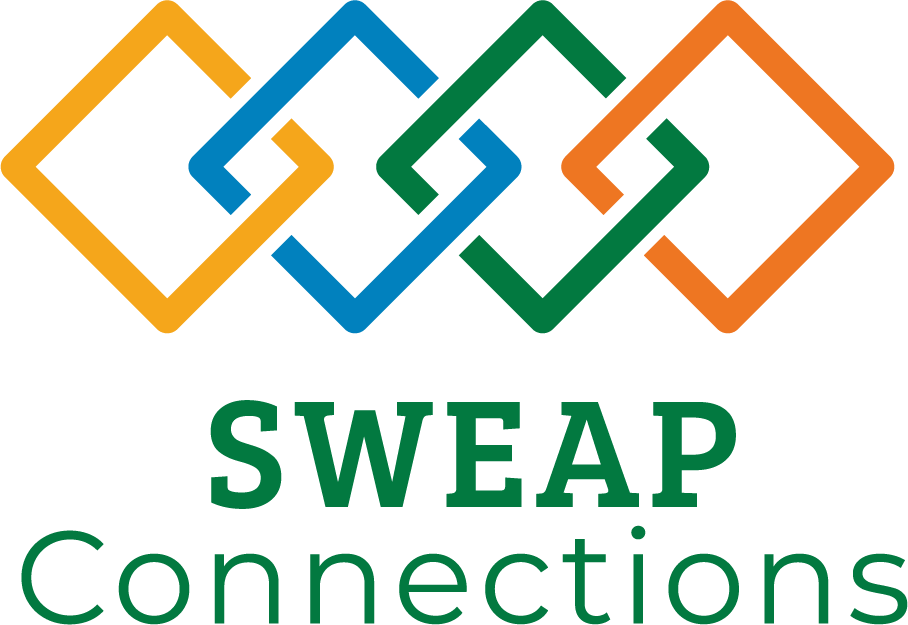Unfortunately, many people casually use mental illness terms to describe certain situations. For example, someone saying, “I’m so OCD!” when they insist upon having a clean workspace or saying, “I was so depressed when March Madness was canceled,” to describe feelings of disappointment. These casual statements misrepresent the important differences that exist among emotional well-being, mental health, and mental illness.
Emotional Well-being is defined as having both an awareness of your emotions and the ability to manage and express those feelings in a healthy and age-appropriate manner. It includes having both good mental and physical health, high life satisfaction, and a sense of meaning. More generally, well-being is just feeling good about yourself and your life.
Mental Health is made up of our emotional, psychological, and social well-being. It affects how we think, feel, and act. It also helps determine how we handle stress, relate to others, and make choices. Mental health is important at every stage of life, from childhood and adolescence through adulthood. It can be negatively impacted by such things as living in a difficult marriage, struggling with aging parents, or poor work/life balance.
Mental Illnesses are specific, diagnosable health conditions involving changes in emotion, thinking, or behavior (or a combination of the three). Mental illnesses are associated with distress and/or problems functioning in social, work, or family activities. They are medical diagnoses that have behavioral components like any medical condition such as heart disease or diabetes.
Understanding the differences among the three terms can go a long way to helping ensure that you have employee benefits and support in place for the entire continuum.
Best Practices
- Companies have had mixed success in getting involved in the arena of well-being. Most companies’ programs center on education and low-cost access to a gym and maybe several short-term or one-off well-being activities such as a team fun run. Although education shouldn’t be dismissed — it is definitely a central component of helping individuals make informed health decisions — it’s not a known driver of behavior change.A program that provides self-assessment, education, and easy access to resources, ideally all connected to company-wide awareness campaigns, can provide a more effective and measurable impact. This, in conjunction with a responsive EAP providing access to coaching and problem-solving resources, can create even more positive results for employees and companies.
- A highly visible, high-touch EAP is often your most effective and lowest cost option to support employee mental health. Research shows that every $1 invested into an EAP yields a $3-5 return on investment for the company.
- Offer health insurance that provides mental health parity, up to and including inpatient services.
- Create awareness campaigns to reduce the stigma around mental illness and make employees aware of their free and low-cost resources.
- Offer training to managers and supervisors focused on how to promote a healthy workplace and recognize mental health issues.

